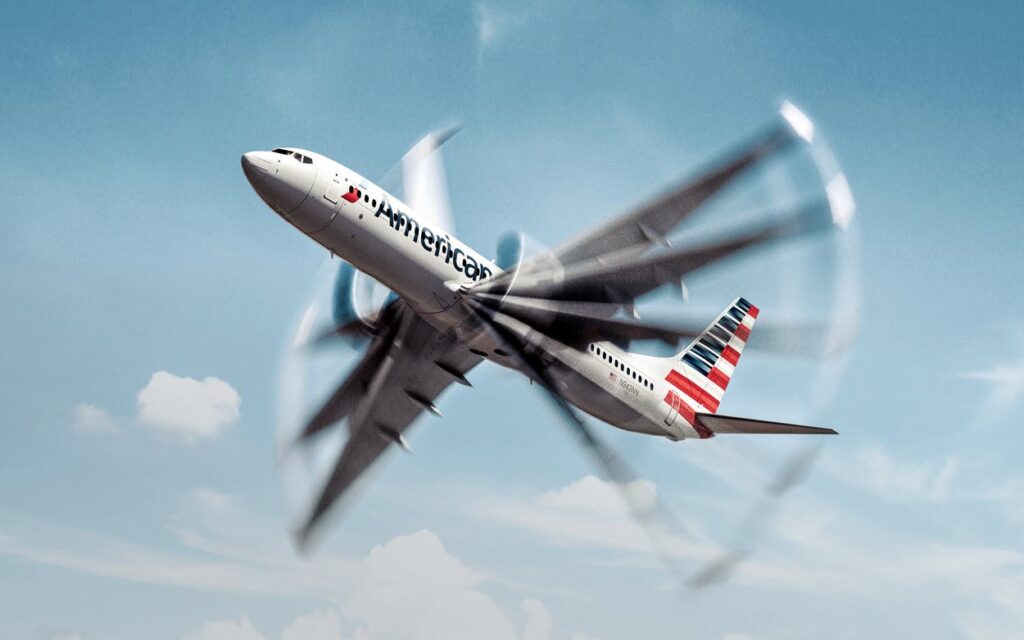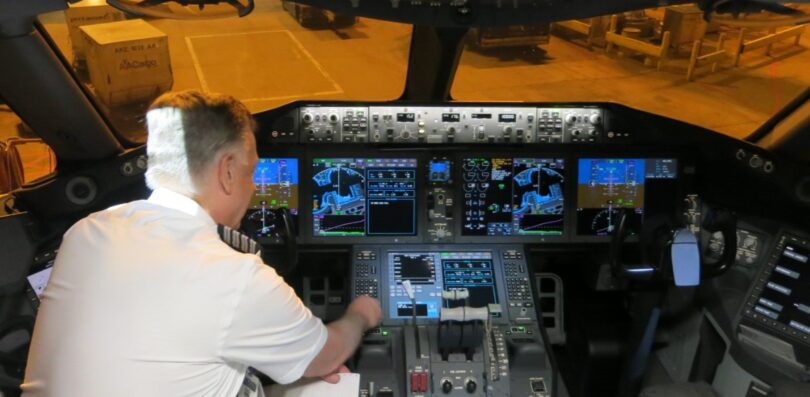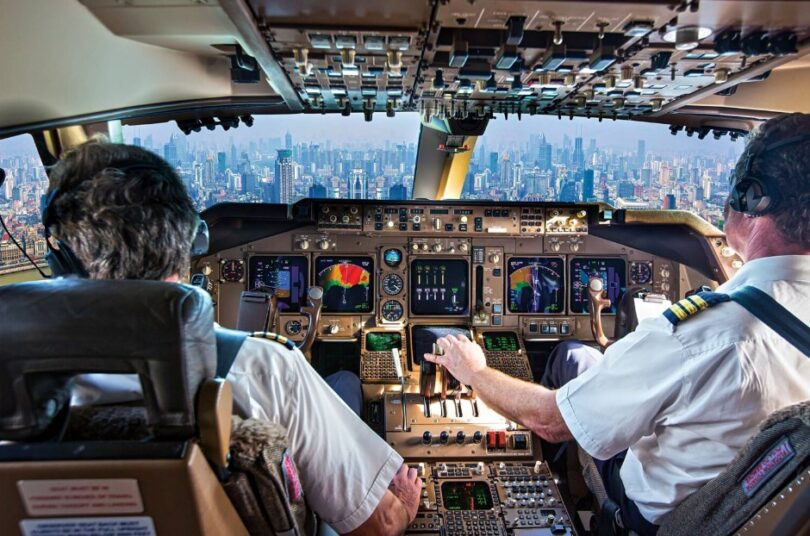American’s Pilot Scheduling System Seems To Be Making Flight Cancellations Worse

Source:texasmonthly.com
The system is called ATC (Air Traffic Control) and there are a lot of rules you need to know when you fly. The big problem is that this system has been broken for a very long time and, although there has been a lot of attention paid to it, a lot of the broken aspects of the system have remained. Most within the aviation community have been aware of these problems for a long time but have been reluctant to say too much or to put too much pressure on the airlines to fix them.
You’d think that with so many flights on such a large plane, American’s flight scheduling system would be pretty good. Not so, according to a new report from the Department of Transportation. The agency says that American’s system allows airlines to schedule flights with fewer planes than they actually have available, and that this leads to more, and longer, flight delays. This has caused flights across the country to be delayed, cancelled, or delayed again.
When it comes to air travel, we expect the system to work. We think the airline should be able to do everything in its power to keep things running smoothly, right? Well, in reality, air travel is a mess.
American Airlines’ pilot scheduling system seems to be making matters worse with flight cancellations

American Airlines cancels hundreds of flights a day for several days. They don’t have enough pilots, especially Boeing 737s, to meet their published flight schedule.
However, the system American Airlines uses to try to find pilots for overtime and open flights seems to be making the situation worse.
- American Airlines has 3 flight planning systems for pilots. The main scheduler is the preferential enrollment system (PBS). There is a separate system for the exchange of passengers (TTS). There is also the Daily Open Time Coverage (DOTC) system, where pilots voluntarily cover open flights for a fee.
- It seems that many pilots do not want to use this voluntary DOTC system because it is very complicated and seems to assign them rides that they do not want.
- Moreover, pilots fear that this could lead to premiums of which they are unaware and which they believe are covered by the scheme.
According to the pilots I have spoken to, there are several problems with the DOTC system. The user manual is over 100 pages long. Scheduling flights at American Airlines is so complicated that many pilots even use third-party apps to manage the process.
- Before this system, pilots would sign up for flights via the website and crew planners would call pilots one at a time until available flights were filled. It was voluntary, the pilots didn’t have to respond, and if they did, it was up to them to decide whether or not to accept the trip.
- The DOTC system allows pilots to accept specific routes or routes within a set of different parameters that they determine. In theory, this allows them to determine when the trip takes place, how long it takes, where they stop, etc. But there’s a catch. Anything that meets the established parameters will be accepted, and they are required to work during the trip.
- Pilots may not know when the trip they signed up for will be scheduled. They have to select notifications in their app to schedule a team, and more calls. (The app, which some pilots pay for, generates a call for this. And ironically, America West pilots who worked for US Airways, before the merger with American Airlines, paid a monthly subscription fee to access the flight planning system).
Our pilot time-off system has several notification options, including email, text, and a message from the internal crew system to keep pilots informed of their time-off assignment. We have also developed materials to assist our pilots in implementing these notifications. We see no evidence that pilots have missed flights as a result of the system’s notification process, but we are always looking to improve the system and welcome feedback from our pilots and the APA when we do.
It seems that the system American Airlines uses to force pilots to cover open flights makes it difficult to cover open flights because some pilots just don’t use it, although some are smart enough to pay a third-party app to help them figure it out. If there is a shortage of pilots, American Airlines may offer a bonus (usually one and a half times the normal pay for overtime), but even if there are willing pilots, it doesn’t necessarily mean that pilots will be put on the planes.
Lake View from the Wing

Unfortunately, the FAA’s new electronic flight bag system (EFBS) has caused many problems for pilots trying to schedule flights. The system, put into use in 2015, was supposed to make the FAA’s pilot scheduling website easier to use, but it has instead been causing more problems.

 Neuschwanstein Castle From Munich Day Trip Guide
Neuschwanstein Castle From Munich Day Trip Guide  Oxford ─ England’s City of Dreaming Spires
Oxford ─ England’s City of Dreaming Spires  8 Best Budget-Friendly Wellness Resorts in Europe 2025
8 Best Budget-Friendly Wellness Resorts in Europe 2025  What Art Lovers Should See First When Visiting Munich’s Cultural Core
What Art Lovers Should See First When Visiting Munich’s Cultural Core  Free Things to Do in Amsterdam 2024 ─ The Ultimate Budget Travel Guide
Free Things to Do in Amsterdam 2024 ─ The Ultimate Budget Travel Guide  What to Expect When You Discover Tanzania – A Traveler’s Perspective
What to Expect When You Discover Tanzania – A Traveler’s Perspective  A Complete Guide to Personalized Gift Ideas That Carry Real Thought and Value
A Complete Guide to Personalized Gift Ideas That Carry Real Thought and Value  Creative Gift Ideas for Anime Lovers and Collectors: Unique Picks You Will Adore
Creative Gift Ideas for Anime Lovers and Collectors: Unique Picks You Will Adore